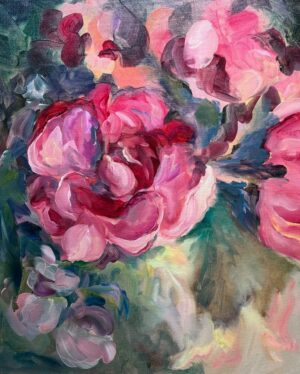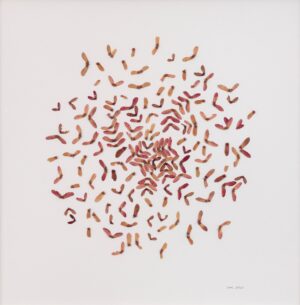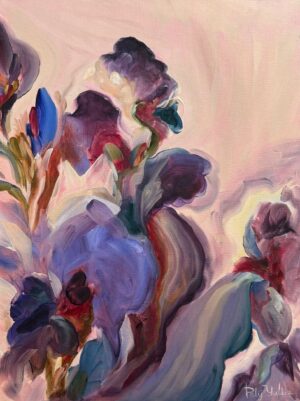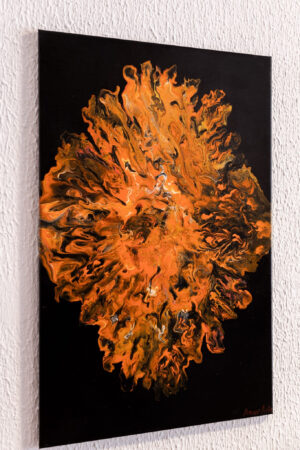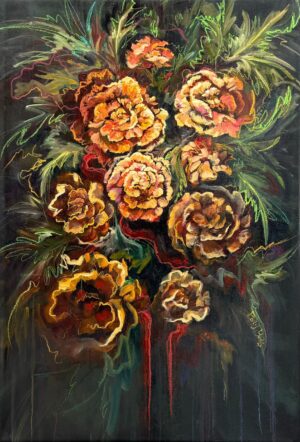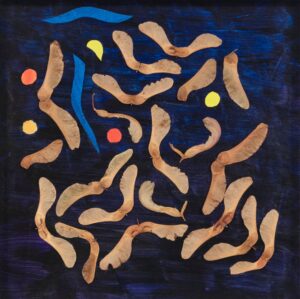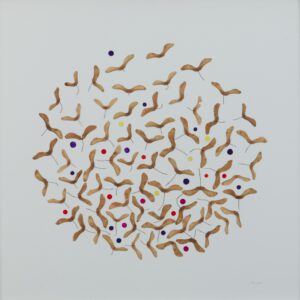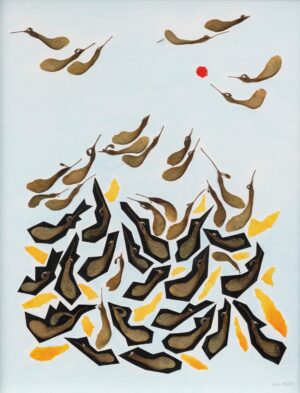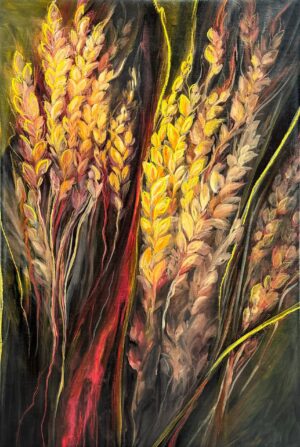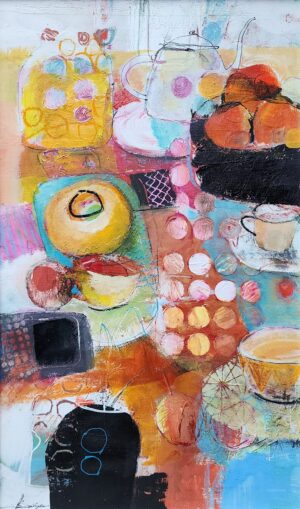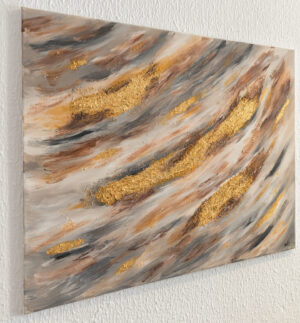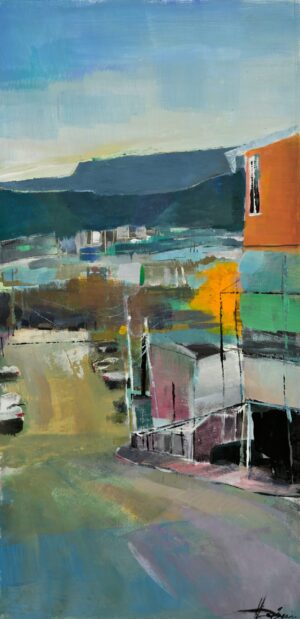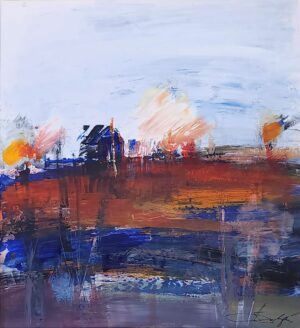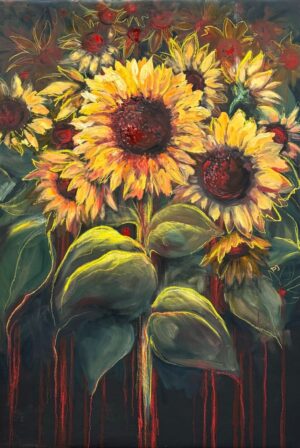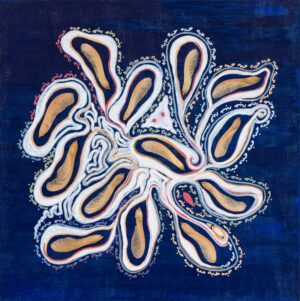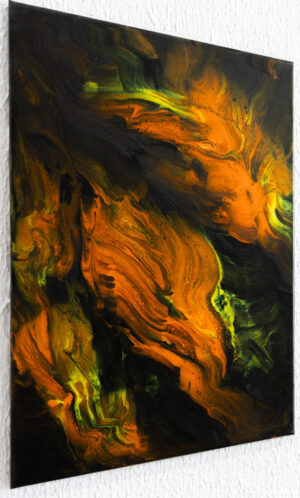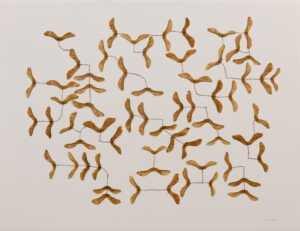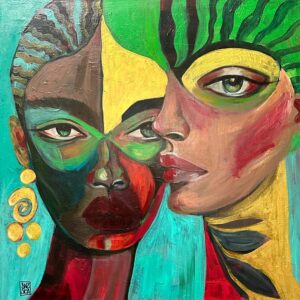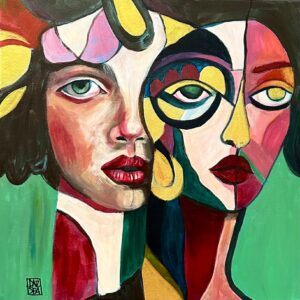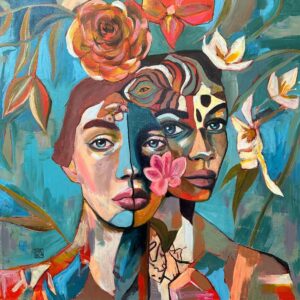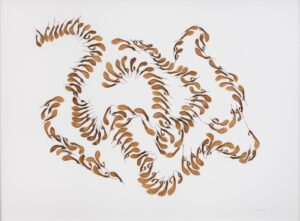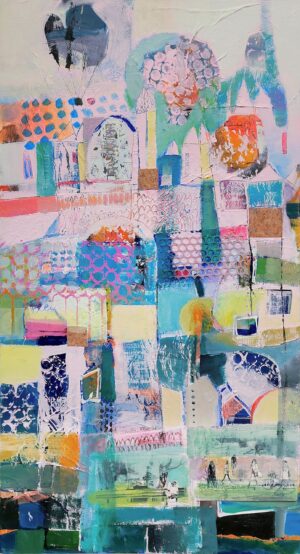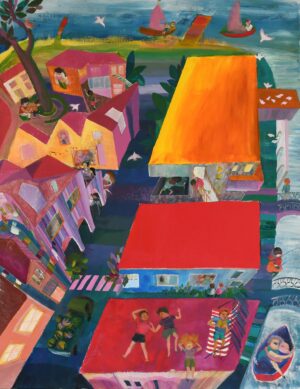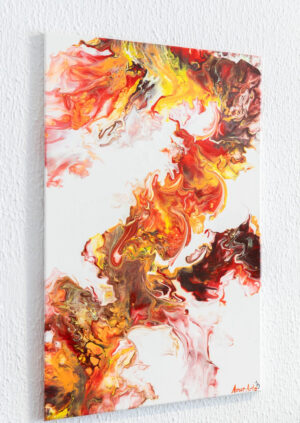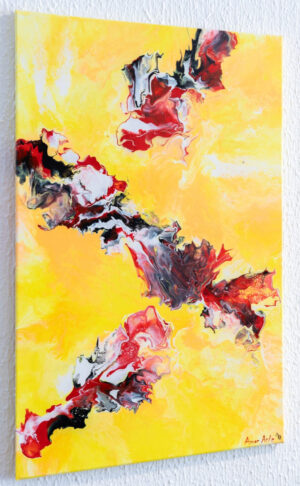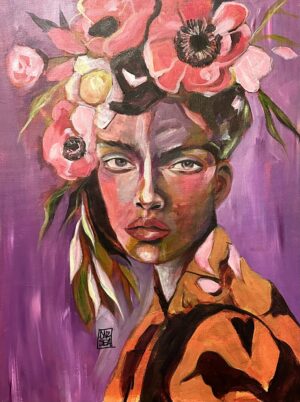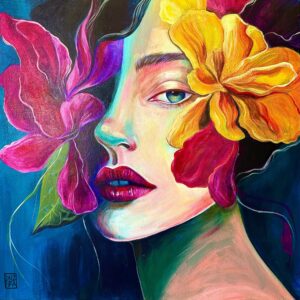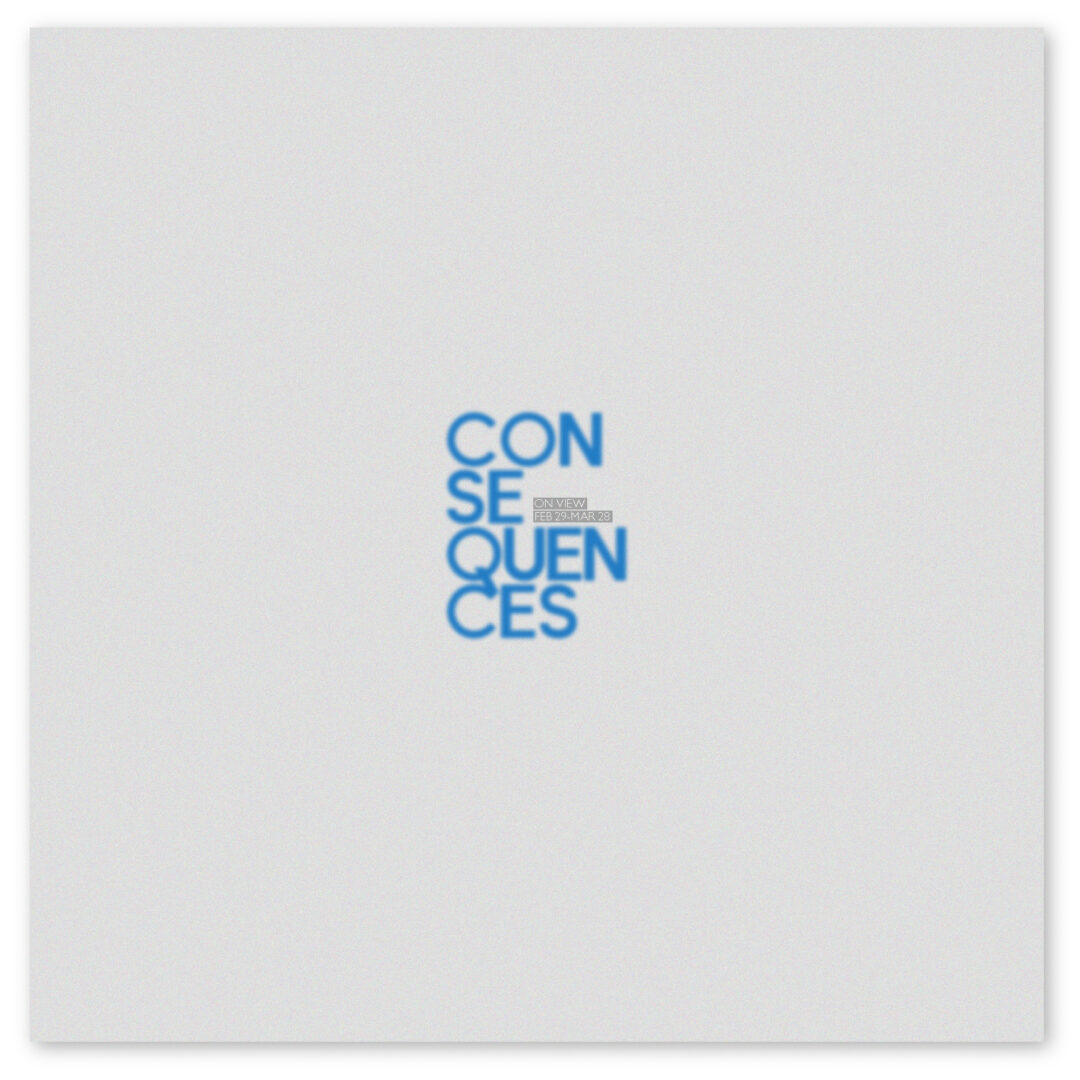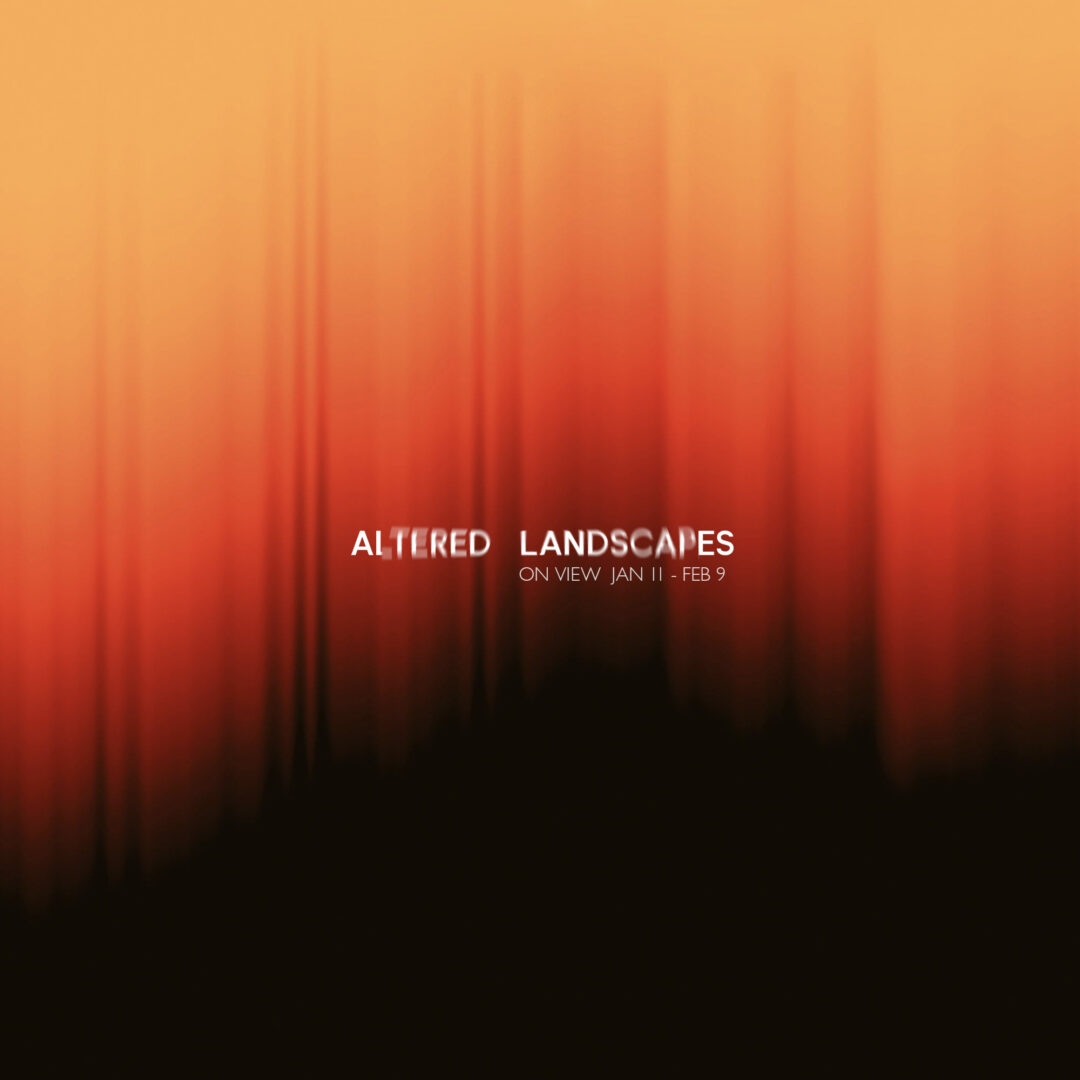Painting, throughout its history, has played a crucial role in the formation and manifestation of countercultural movements.
This art, as old as civilization itself, has often been a mirror that reflects not only the zeitgeist of its time, but also a defiant voice
against established norms and conventions. Through various eras, painters have used their art as a tool of resistance and
reinvention, questioning and redefining the limits of aesthetic and social expression.
During the 20th century, for example, painting became a battlefield where important ideological wars were fought.
Movements such as abstract expressionism, surrealism, and pop art not only broke with previous aesthetic traditions, but
also directly confronted the power structures, cultural norms, and social expectations of their time. In this context, art became
not only a form of self-expression, but a political and social statement. Writer and art critic Arthur Danto offers a keen perspective on
how painting can function as a counterculture. In his work The Abuse of Beauty: Aesthetic and Criticism in Modern Art, Danto
explores how modern and contemporary art often challenges traditional notions of beauty and aesthetic value. According to
Danto, painting, by moving away from realistic representations and immersing itself in the abstract and conceptual, acts as a
way of questioning the cultural and social status quo. For him, modern art is not only a break from tradition, but a way of
creating new ways of understanding and experiencing the world. Danto argues that art’s ability to challenge and subvert cultural
expectations lies in its ability to question and reinterpret concepts of beauty, meaning, and reality. Rather than
conforming to established rules, painting as a counterculture redefines these concepts, offering new perspectives and opening
dialogues about the meaning of existence and identity. An emblematic example of this trend is the work of artists such
as Jackson Pollock, whose “drip painting” technique challenged the conventions of figurative art and representation. Pollock not
only broke with painterly tradition, but also questioned hierarchies and expectations around art itself. His radical
approach reflected a search for authenticity and a resistance to rigid structures, both in art and society.
Galeria Azur is pleased to invite you to explore these fascinating intersections between painting and counterculture in our
upcoming exhibition, “Crossing points”. In this exhibition, we invite visitors to immerse themselves in a visual dialogue where
the selected works challenge established norms and invite us to reconsider the role of art in shaping our perception of the world.
Join us on this journey of exploration and discovery, and allow art to speak through its transformative power.

Lucas Kokogian
Art Curator and Art Critic. GALERIA AZUR
PHYSICAL & ONLINE EXHIBITION
FEATURED ARTISTS
Axel Traverso
Deniz Ercelebi
ibolyaarte
Josefina De leon
Karine Dulyan – Karishok
Rana Eshtiagh
Sahiba Al Khemir
Yuliia Poraiko

